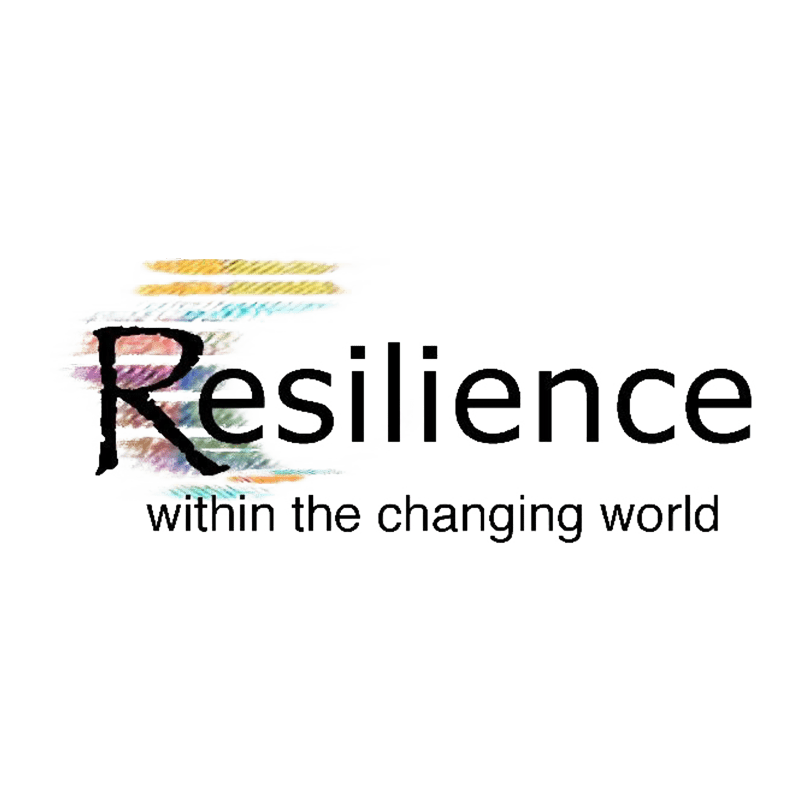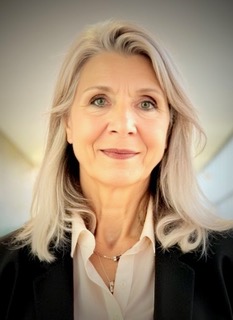1st EADMT conference 2014 – Resilience within the changing world

Resilience is the process of ‘bouncing back’ from difficult experiences, adversity, trauma, tragedy, threats or significant sources of stress. Resilience can be learned and developed in anyone. Research shows that it is an ordinary trait in humans and people commonly demonstrate resilience every day. Supportive relationships within and outside the family are important factors in resilience. Evidence of resilience is further demonstrated by a person, or community, having:
Building resilience is a personal journey and is reflected in cultural differences and using diverse strategies.
“The creative force belongs equally to the space of reality and the realm of fantasy”
Mary Wigman
EADMT took a view of the Dance Movement Therapy profession and community across Europe and beyond, and identified in the early 21st century that the many faces of current adversity require resilience as practitioners, educators, researchers and administrators. The EADMT, by hosting this conference with the theme of Resilience, aims to provide a basis for future collaboration and communication across the continent. EADMT encourages the profession to recognise and have confidence in its strengths and particular abilities, and to robustly engage and communicate with the wider scientific world. Change is always with us; we must learn to embrace the challenges that meet us in our work places, amongst colleagues, across disciplines, and view them as positive encouragement to think and work even more creatively. As a profession and as a DMT community we must take a fresh look at our goals and take decisive actions to realise them. Such action requires working together towards common goals, utilising the individual strengths we bring to the table to create a powerful whole. Working in collaboration gives us strength to nurture an increasing positive identity of others and ourselves.
“Dance is a living language that is spoken by people and speaks of people!”
Mary Wigman
When we work with clients, this is the very epicenter of our focus – developing personal resources to ‘bounce back’, re-align themselves, extend their vision to a wider perspective and reach out. Bouncing also requires flexibility – the ability to sway in the wind of change without being blown over or feel the need to stick rigidly to the known. The papers and workshops this weekend offer conference delegates the opportunity to explore beyond their usual territory, to engage with others who are talking the ‘same language’, be inspired by innovative practice and above all, make new friends with whom we can gain and offer support on our ongoing personal journey.
Susan Scarth&AntonellaMonteleone
Inspired by the American Psychological Association’s definition of Resilience, and who permit EADMT to cite extracts.
Road to Resilience found on www.apa.org/helpcenter/road-resilience.aspx#

Dr. Marija Jakubauskienė is a public health expert, researcher and academic leader currently serving as the Minister of Health of the Republic of Lithuania. Dr. Jakubauskienė brings to the role more than two decades of experience in public health science, biomedical research, medical humanities and health policy development.
Dr. Jakubauskienė holds a PhD in Biomedical Sciences from Vilnius University, where she also earned advanced degrees in Business Administration and Entrepreneurship and Innovation Studies. She has held a number of senior academic positions, including Associate Professor and Director of the Institute of Health Sciences at Vilnius University’s Faculty of Medicine. Her leadership has extended to international engagement as Vice-Dean for International Affairs and Programmes and as a recognized lecturer, awarded Best Lecturer of the Faculty in 2023. Internationally, Dr. Jakubauskienė has played an active role in advancing public mental health through her contributions to the European Public Health Association (EUDHA), where she has served as President of the Public Mental Health Section and as a member of the International Scientific Committee. Her research interests included population health science, mental health, health system, policy research and medical humanities.
Since 2015 from the beginning of the Art Therapy Master study programme at Vilnius University Dr Jakubauskiene has been coordinating and teaching biopsychosocial health, clinical practice and ethics subject as well as supervising research projects of master students in Art Therapy. Dr Jakubauskiene has continuously contributed to the development of synergies in arts, culture and health ecosystem in Lithuania.
Keynote lecture: The Perspective of Arts Therapies within Integrated Care in Lithuania
Dance Movement Therapy is a pivotal element of art therapy practice and can play a significant role in supporting health and wellbeing of individuals in the aging and multimorbid society. Effectively addressing complex health needs remains a challenge for healthcare systems. Integrated care model aims to respond to these growing complex health and social needs in our societies. Expanding integrated care model by the approaches and tools of arts therapies may contribute to better health and wellbeing of patients and communities.
In Lithuania, arts therapies—including art, music, drama, and dance movement therapy—are formally integrated into the national healthcare system, supported by accredited master’s programs through collaboration between medical and arts institutions. These therapies are applied in diverse clinical and community contexts to support individuals with mental health conditions, chronic illnesses, trauma, and social exclusion.

Dr. Rosemarie Samaritter is a registered dance movement therapist and supervisor and an independent researcher. With more than 40 years of clinical experience she has built specific expertise in the application of DMT in complex trauma, personality disorders, neurodiversity and disorders with impaired sense of self.
As one of the pioneers of DMT in the Netherlands, she was involved in the development of the first BA training in dance therapy, now situated at Zuyd
University of Applied Sciences and the initiation of the dance therapy chapter of the Dutch Association of Creative Therapies, the predecessor of the current Dutch Association of Dance Movement Therapists (NVDAT). As an associate professor at Codarts University of the Arts Rotterdam, Rosemarie was involved in the Master ofArts’ DMT curriculum and conducted DMT related research. Currently, her specific research interest is in documenting DMT interventions from first-hand knowledge of DMT practitioners and develop systematic intervention descriptions. For severalyears, Rosemarie participated in the EADMT research chapter. She teaches, presents and publishes regularly on DMT theory, methods and research in the Netherlands and abroad.
Choreographies of Change, independent academic space for DMT:
http://www.choreographiesofchange.org
ORCID: https://orcid.org/0000-0001-7717-5712
Google scholar: https://scholar.google.com/citations?user=mljXpAcAAAAJ&hl=en
Keynote lecture: 15 years into European Association of Dance Movement Therapy: from co-creating a professional identity towards unfolding professional landscapes
With the upcoming conference, we will celebrate the 15th anniversary of the European Association for Dance Movement Therapy (EADMT), at a time when Dance Movement Therapy (DMT) is advancing in Europe and globally.
EADMT’s 5th conference revolves around three central themes: VISIBILITY – VITALITY – VISION.
With these themes and a range of related questions, EADMT has opened a broad horizon for participants to reflect on our profession and the various challenges for DMT in the professional field. Contributions to the conference reflect multiple perspectives informed by personal practices, national and international developments, and current societal, economic, and political contexts.
The keynote address will examine the integral role of the EADMT in co-creating a professional identity from various national traditions. The discussion will also explore how the current DMT landscape is relevant to contemporary questions and future directions for the European DMT community.
Over the past 15 years, the EADMT, in collaboration with numerous dedicated colleagues, has evolved into a systemic container for the European DMT community, where members find each other to advance the profession. However, several challenges persist, including:
– enhancing the professional profile of DMT
– articulating and showcasing DMT’s specific contributions to the mental health field
– adapting to changing societal contexts and challenges
– building budgets for professional development and research
The keynote address will explore how our artistic roots, clinical identities, and academic and philosophical foundations can enhance and vitalise our vision and visibility. We will discuss models from organisational aesthetics (Creed et al., 2020) that incorporate concepts such as resonance (Rosa, 2016) and aesthetic unfolding (Barrett, 2000). These models may be well-suited to develop comprehensive frameworks that promote sustainable structures for the European DMT community, helping us stabilise and expand our position within the Creative Arts Therapies (CATs) and in the broader context of health and well-being.